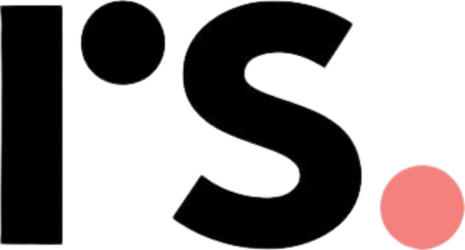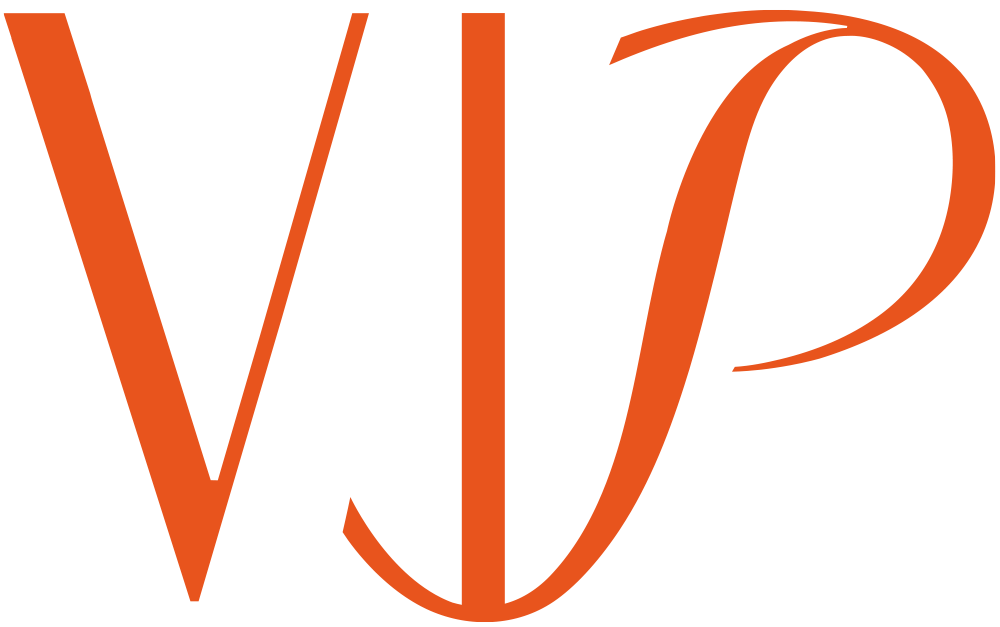[2003.11.13] Secondary Rhinoplasty with a Structural Approach
Date: November 13, 2003
Conference: 55th Meeting of the Korean Society of Plastic and Reconstructive Surgeons (Walkerhill Hotel)
Topic: Secondary Rhinoplasty Through a Structural Approach
Overview
Rhinoplasty has a relatively high revision rate compared to other aesthetic surgeries. Contributing factors include the nose’s central position and three-dimensional prominence, as well as evolving standards of beauty that focus not just on height but also on balance and refinement. Despite the large number of patients requiring secondary procedures, there is a dearth of comprehensive data on the causes of post-rhinoplasty deformities and on the most appropriate surgical solutions.
Dr. Myung-Ju Lee identifies two main causes of frequent revision surgeries: scar contracture and weakening of the osteocartilaginous framework. He emphasizes a structural approach when correcting nasal deformities, aiming to restore and reinforce the underlying framework. This presentation analyzes surgical methods, offers strategies for preventing revision, and highlights the effectiveness of these techniques in clinical practice.
Key Findings
-
Patient Dissatisfaction Areas
- Tip: 94%
- Dorsum (Bridge): 37%
- Nasal Bones: 29%
- Nostrils: 23%
-
Common Tip Complaints
- Bulbous Tip: 49%
- Droopy or Under-projected Tip: 32%
- Deviated Tip: 26%
- Red or Thinned Skin: 25%
-
Revision Frequency
- Single Revision Surgery: 54%
- Multiple Revisions (≥2): 46%
These statistics suggest that conventional implant-based, piecewise corrections often fail, underscoring the need for a more comprehensive and structural approach.
Conclusions & Recommendations
-
Restore the Nasal Tip Framework:
- The fundamental cartilaginous and bony structures of the tip must be rebuilt or reinforced.
-
Use Autologous Cartilage:
- When strengthening the nasal framework, autologous cartilage is essential to ensure stability, reduce complications, and maintain long-term support.
-
Minimize Scar Contracture:
- Preventing excessive scarring in the supratip region is critical to avoiding postoperative deformities and facilitating a more natural result.
-
Timing of Revision:
- Ideally, revision surgery should be delayed until at least one year postoperatively, allowing tissues to fully heal and stabilize.
- If early intervention is absolutely necessary, it should occur within three weeks of the initial surgery.
-
Address All Structural Issues:
- Correct any remaining problems such as deviated septum, asymmetrical support structures, and paranasal depressions to achieve a stable and aesthetically pleasing outcome.
By following these principles, surgeons can significantly improve the success rate of revision rhinoplasty, minimize complications, and deliver both functional and cosmetic satisfaction to patients.


















